The Hundred Years’ War (1337-1453) between England and France was not merely an unending war between kingdoms, it was an important period for the evolution of warfare. One weapon, above all else, altered the way war was conducted. That weapon is the longbow. Although it wasn’t invented until the war, the longbow did come to prominence during the horrific war that transformed medieval warfare forever.
This article focuses on how the importance of the bow in the Hundred Years’ War, and how it influenced the strategy of the army and became an emblem of English battle strength.
Origins and Development of the Longbow
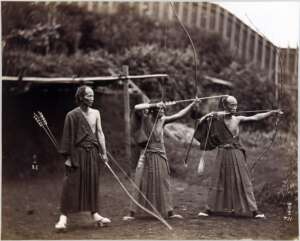
The longbow was not originally invented in the 14th century. Its origins date back to Wales in the midst of Wales, the place where archers with a high level of skill used powerful, high-powered bows for hunting as well as battle. The English discovered its value in the early stages and particularly at the time of King Edward’s victory over Wales and quickly incorporated it into their plans for use in war.
The wood was mostly the yew. The longbow was approximately 6 feet high and needed lots of strength to hold. It could shoot up to 250 yards with precision and even break through chainmail armor at smaller distances.
Why the Longbow Was So Effective
1. Rate of Fire
A skilled archer could shoot between 10 and 12 arrows each minute, which is much better than crossbows and earlier gunpowder guns. It was believed that one longbow team could shoot thousands of arrows in just a few minutes.
2. Range and Power
Longbows were stronger; they were more powerful than the majority of guns at the time. This gave English forces an advantage when it came to tactics, and let them engage opponents before they got close.
3. Psychological Impact
Its sight, and sound of arrows from thousands flying over the sky caused a frenzy of fear in groups of adversaries breaking up formations before physical contact was initiated.
The Battle of Crecy (1346)
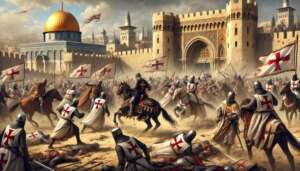
The Battle of Crecy was the first major sporting event to be held by the longbow on an extensive scale. The army of King Edward III made up of archers in large part faced off against a vastly superior French army.
Despite being superior in numbers and superior numbers, the English were able to defeat French cavalry soldiers with archers in a controlled volley. It was a battle where the French knights, weighed down by heavy armor, were unable to reach English limits without being killed by waves. Crecy showed that longbowmen were able to overcome the power of knights who were mounted.
The Battle of Poitiers (1356)
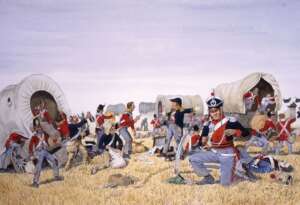
Ten years later, in the same decade the English under the direction of Black Prince Princeagain won at Poitiers. The longbowmen again played a significant role in reducing French forces before hand-to-hand combat started. The battle culminated with the capture of Jean II, the French King, Jean II.
The Battle of Agincourt (1415)
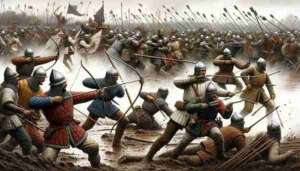
The most well-known instance of the effectiveness of the longbow was the battle of Agincourt. Henry VII’s English army, exhausted and outnumbered, was attacked by French troops on thick and muddy terrain.
The battlefield was smaller and played in the favor of the English. Longbowmen, who were positioned in front of wooden stakes, fired endless shots at slow-moving, full French forces. The mud, together with heavy armor made it virtually impossible for French knights to advance, which resulted in huge losses.
Agincourt confirmed that the longbow was an ultimate fight equalizer and permitted smaller, disciplined soldiers to overcome the odds of an enormous army.
Tactical Innovations Enabled by the Longbow
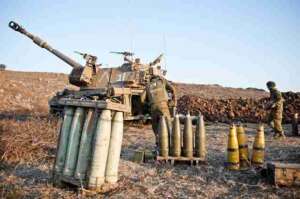
Popularity of longbows resulted in an alteration in tactics for combat. English commanders began to organize their armies around archers, with light cavalry as well as infantry. The formations of defense, the using terrain, and discipline were more important than strength alone and bloodlines of noble bloodlines.
1. Defensive Stakes
Archers would put wood stakes, which were sharpened to the front of the area they were to deter cavalry assaults which were especially successful at Agincourt.
2. Mixed Formations
Longbowmen joined forces with soldiers to protect them from close-range combat or attacking threats from the flank. This led to an adaptable and mobile defense system.
3. Terrain Exploitation
The decision to use dirt or elevated ground was the standard in English commanders to maximize the efficiency shot from longbows.
Limitations of the Longbow
Despite its efficacy however, it was not without its flaws:
- Instruction archers required years of education to develop the strength and accuracy required by archers.
- Armor Improvements With armor plates increased, arrows became less effective when traversing vast distances.
- weather-dependent rain could cause bowstrings to become loose and limit the range of bows, or their precision.
Decline of the Longbow
The longbow gradually went to gunpowder guns and cannons, which required less training, and were able to penetrate the strongest defenses as well as defenses.
However, its effect on the military’s discipline and tactics, as well the end of the knights mounted war was irreparable.
Legacy of the Longbow in the Hundred Years’ War
The bow was the popular national image of English determination. It was also an iconic symbol in folklore (like the legend of Robin Hood) and military time. It proved that technological progress and training could surpass the traditional numbers.
Modern historians see the lengthy bow’s use during the Hundred Years’ War as one of the earliest instances of asymmetric warfare, where a smaller, less agile army can defeat an army of greater size by using superior tactics and tools.
Conclusion
The longbow used in the Hundred Years’ War was far more than a weapon, it was an alteration in the game. The use of the longbow changed European strategies of fighting, which led to historic English victories, and signaled the final day of the rule of feudal knights.
Beginning with Crecy to Agincourt The longbow showed that, with the appropriate equipment and the right knowledge, even small troops could alter historiography. In addition, the victory on the battlefield was not dependent on the rank of the soldier or number but on strategic planning, strategy and precision.
FAQs:
Q: The longbow was thought to first appear during the Hundred Years’ War?
No. It was used previously for Welsh forces. However, it received lots of interest and was widely used during the conflict.
Q2: What was the main reason that the French didn’t use the longbow the same way?
The required training to master the required longbow is a rigorous process. France relied on crossbows and armored cavalry.
Q3: How long can archers shoot using the longbow?
The range of operation was between 150-200 yards, with a maximum distance of close to 250 yards under the ideal conditions.
Q4: What impact did the longbow do to affect the knight’s fight?
It reduced their strength in knights that had armored heavily because they were more susceptible to attack from a distance.
Q5: Are longbows still used at present?
It is not the case that they intended for combat, however, they are well-liked in archery competitions as well as traditional recreations.


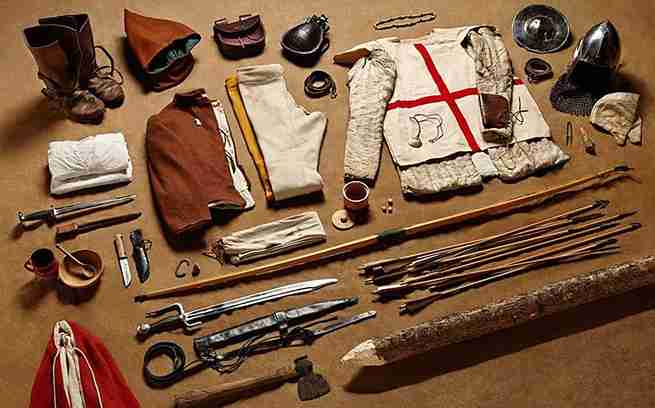







Leave a Comment